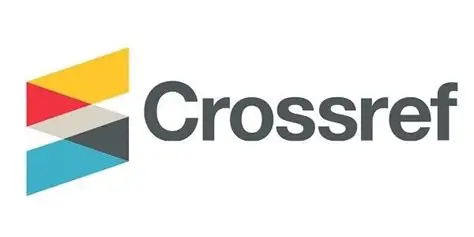FACE AND EMOTION RECOGNITION IN REAL TIME USING MACHINE LEARNING
Keywords:
Face and Emotion Recognition in Real Time using Machine Learning,,Abstract
It is possible for humans to tell how someone is feeling just by looking at them. However, using
a computer program to carry out the same action is very hard. Computer vision and machine
learning have come a long way recently, making it possible to read feelings from pictures. This
system uses real-time video to determine the state of persons feeling. The collection with more
than 20,000 pictures of people's faces is used to teach the deep learning model how to recognize
emotions. To find the face in the movie, the Haar Cascade frontal face algorithm is used.
Utilising a convolutional neural network (CNN), one can guess what someone is saying in real
time from a computer live stream.One of these features on the countenance is the best. A lot of
different fields use mood recognition to do things like figure out why people do the things they
do, find mental illnesses, see how people in a crowd are feeling, and more. In the recommended
structure, there are three steps that are able to describe face-emotion recognition.
References
REFERENCES
S. Kahou, V. Michalski, K. Konda, R. Memisevic, and C. Pal, “Recurrent neural networks
for video emotion detection ICMI, pp. 467–474, 2015.
In the Proceedings of the 2015 ACM on International Conference on Multimodal Interaction,
Z. Yu and C. Zhang, "Image based static facial expression recognition with multiple deep
network learning," ICMI ’15, (New York, NY, USA), pp. 435–442, ACM, 2015.
"Hierarchical committee of deep convolutional neural networks for robust facial expression
recognition," Journal on Multimodal User Interfaces, B. Kim, J. Roh, S. Dong, and S. Lee, pp.
–17, 2016.
G. Levi “Emotion recognition using mapped binary data and convolutional neural networks
in the wild patterns,” in Proc. ACM Multimodal Interaction International Conference (ICMI),
November 2015
P. Lucey, J. Z. Ambadar, J. Saragih, T. Kanade, F. Cohn, and I. Matthews, “The ck+, or the
enlarged Cohn-Kanade dataset: An action unit is all dataset and emotionspecified expression,”
in IEEE Computer Society Conference on Computer Vision and Pattern Recognition
Workshops (CVPRW), 2010 pp. 94–101, June 2010.
T. Liu, Z. Chen, H. Liu, Z. Zhang, and Y. Chen, “Multimodal hand gesture designing in
multi-screen touchable teaching system for human-computer interaction,” At Second
International Conference on Advances in Image Processing, pp. 100–109, Chengdu China,
June 2018.


